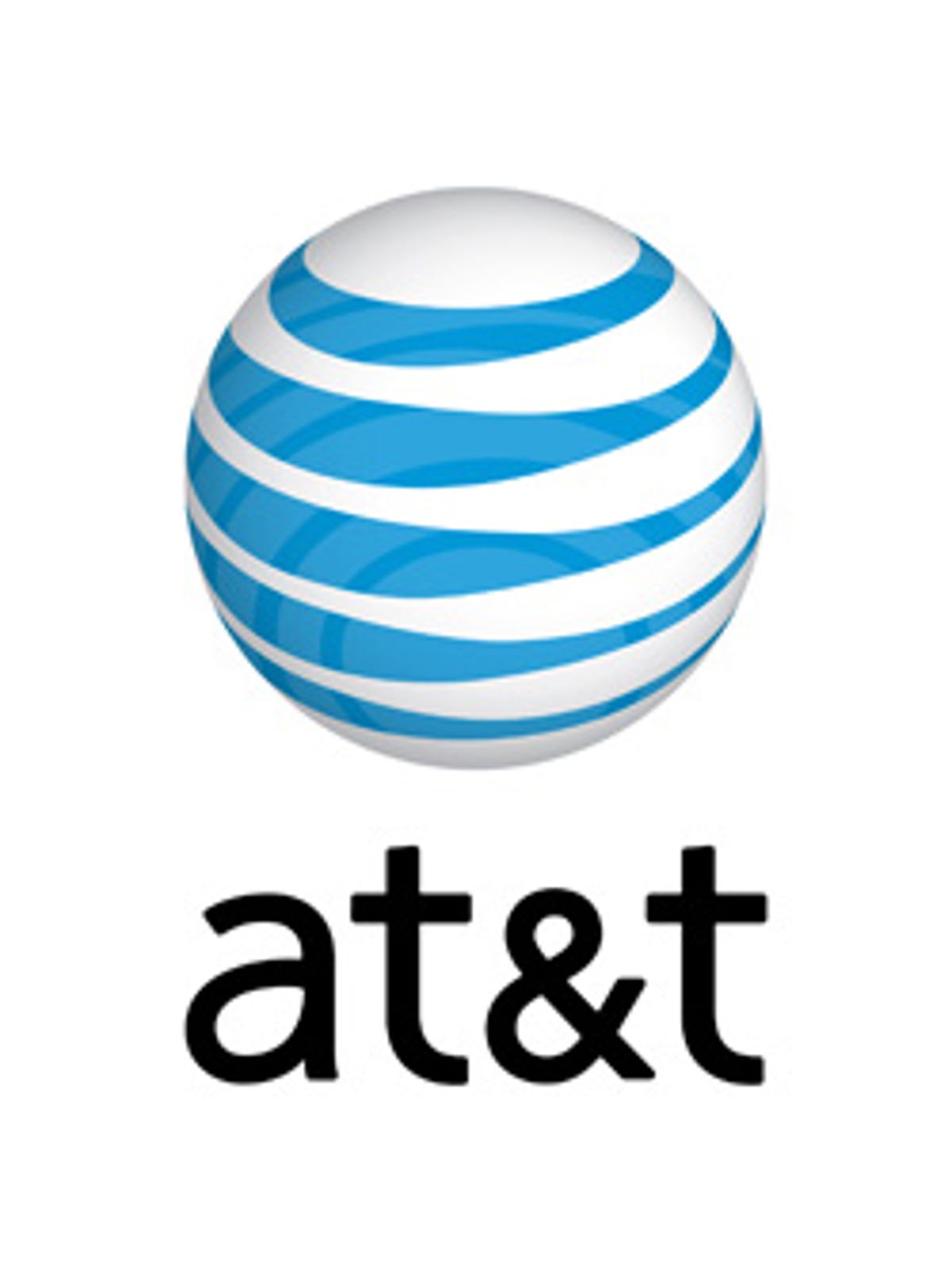AT&T confirmed today that it will begin throttling the heaviest data users of its wireless network starting October 1.

The new policy will affect only customers who still have an unlimited data plan, and only apply to the top 5 percent of that base. Throttling is when a carrier will slow down the connection of a device to keep it from consuming more data. AT&T hasn’t specified what the threshold will be–it says the amount of data that would trigger throttling would vary from month to month.
AT&T is just the latest carrier to take this step as the industry wrestles with how to deal with the explosion of wireless data user. The move is illustrative of the difficulties it faces, and signals that the era of all-you-can-eat data is nearly over.
AT&T follows T-Mobile USA, which was one of the first carriers to employ throttling. Sprint Nextel’s prepaid arm Virgin Mobile recently said it planned to move to a throttling model after ditching a truly unlimited plan.
AT&T, meanwhile, stressed that the move would affect only a small minority of its customer base and is designed to improve the experience for the rest of its users. But the move is sure to elicit a strong reaction from customers who are used to their unlimited data plans.
“These customers on average use 12 times more data than the average of all other smartphone data customers,” AT&T said in a statement.
AT&T said it would send several notices and offer a grace period to its heaviest users before throttling them. The customers will have their speeds restored at the beginning of the next billing cycle.
AT&T had been rumored to move to throttling over the past few days. Many have noted that the policy takes effect soon after the next version of the Apple iPhone is expected to come out.
To address the capacity crunch, AT&T last year moved to a tiered pricing structure, which capped usage at 2 gigabytes of data. But customers who had an existing unlimited data offering were grandfathered in and kept their plans, meaning it still had a base of heavy users to contend with.
The actions were taken largely due to the changing way in which its customers used the iPhone. The bandwidth-intensive device clogged up the network and resulted in years of poor service, particularly in major markets such as New York and San Francisco.
AT&T has since worked to improve the quality of service in those markets, although it continues to deal with the explosive growth in data usage, particularly as it has added new data-intensive Android smartphones to its lineup as well. The spectrum shortage has been a primary reason given for its desire to buy T-Mobile USA.
Many expect Verizon Wireless to eventually following down the same path and actively limit its customers. In February, it changed the terms and conditions of its service plans, allowing it to throttle heavy users. Earlier this month, it switched to a tiered data plan, and could follow AT&T again.
Verizon hasn’t undertaken any “network management practices,” according to a company representative.
Sprint is the only major carrier to offer a truly unlimited plan, although it too has acknowledged that eventually the bandwidth demands will be too great to ignore.
Updated at 2:44 a.m. PT: to include a comment from Verizon.



